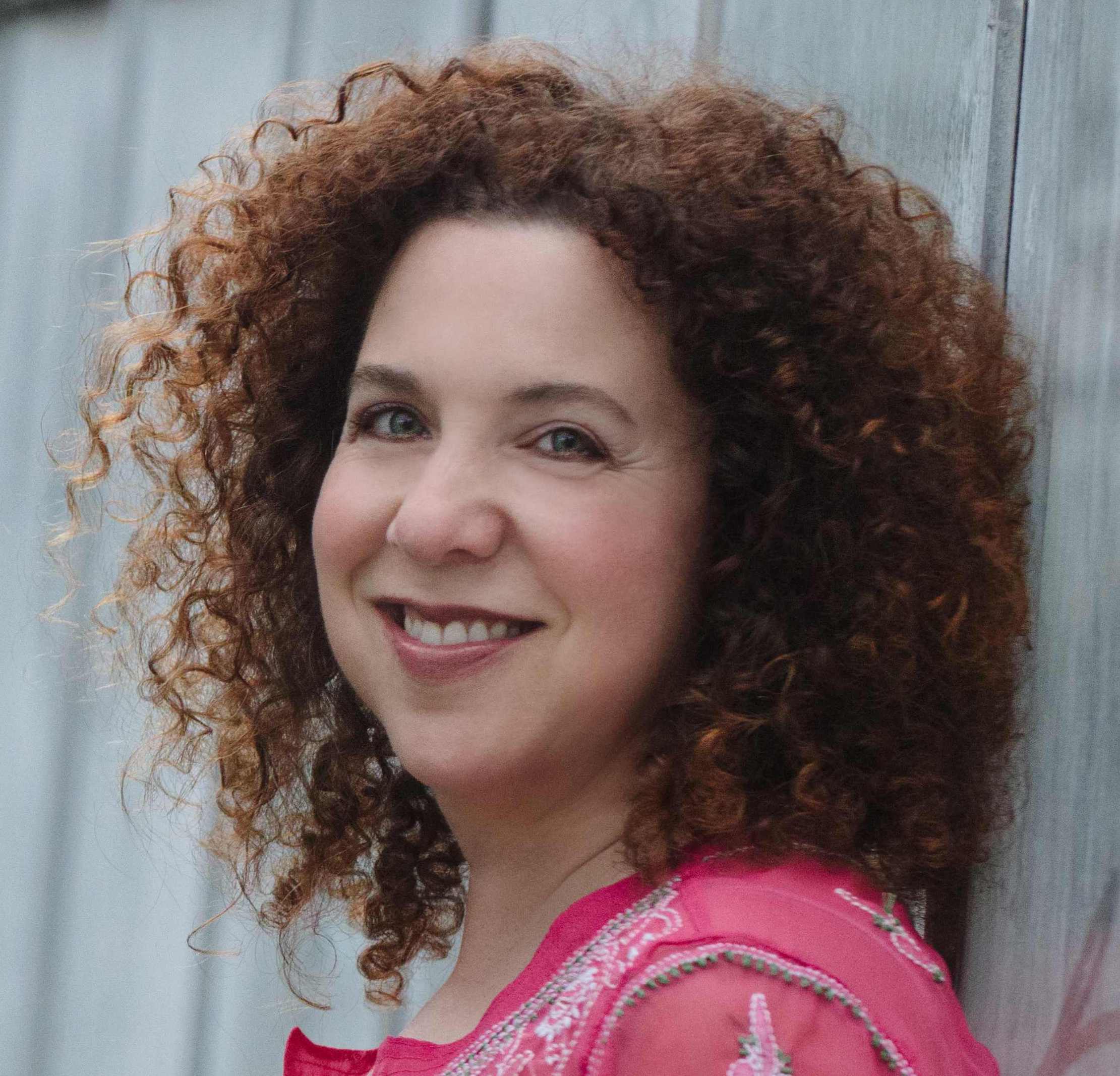The brochure featured two students, a male and a female, wearing sweatshirts bearing the university’s name. The female was African-American, the male Caucasian. They walked side-by-side, carrying books and looking every bit the quintessential clean-cut campus co-eds.

The only problem was neither model, who were actual enrolled students, typically wore apparel promoting their alma mater. The female more often had green hair and a Goth style, while the male preferred worn jeans and a hoodie.
Who decided to portray them this way? And for what reason?
If it was to attract teens aspiring to college, shouldn’t the teens depicted show their true style?
Or was it to appeal to parents of aspiring students? And where was the appeal to non-traditional students?
As universities and colleges report diminishing enrollment and the pandemic accelerates alarming declines, it’s time to consider whether the way higher ed markets itself serves its goals. Perhaps the most pressing problem is that higher ed marketers struggle to understand how consumers choose a school, or who the actual consumer is.
Higher ed today faces several consumer audiences—parents of prospective students, high school students seeking their next step, and non-traditional students returning to school while in the workforce.
[click_to_tweet tweet=”Op-ed: Different audiences require different images, messages and offers. Typical higher ed marketing channels rarely reflect these important differences.” quote=”Different audiences require different images, messages and offers. Typical higher ed marketing channels rarely reflect these important differences.”]
Of course, these audiences are not homogeneous. There are parents who attended college vs. parents who never went, students from urban centers and rural towns, private school grads and public school veterans, not to mention the married-with-kids, returning-to-school twentysomething.
These different audiences require different images, messages and offers. Typical higher ed marketing channels rarely reflect these important differences.
An average university creates a single viewbook. The same university spends hundreds of thousands of dollars to buy addresses of potential students, and mail expensive printed pieces that immediately get tossed. Most potential students ignore the flood of emails they receive, regardless of how clever they are.
Marketing must speak to its audience, where that audience is. Tik Tok may be too immature to capture effectively just yet, but Snapchat, Instagram and text messaging are more alluring for teens than snail mail and emails.
What’s more, many community colleges emulate large universities in their marketing, with prominent displays of mascots and colors. Yet, these students will never have the bonding experience of a football game day. More than likely, they’ll turn to small affinity groups for connection, and as commuter students, that may happen more often on social media than in a grandstand.

While higher ed marketers strive to depict diversity of gender and race in campaigns, they’re not showing the real diversity found on college campuses—tattoos, piercings, worn jeans, pink hair, and that kid who always wears a tie. Prospective students need to see themselves in marketing messages.
As higher education seeks to serve a diverse audience, is there implicit messaging in the lack of acknowledgment of young adult culture? As a college or university seeks to promote its own unique culture, does it not need to welcome all students and all identities? And do the aspirations of students align with the worlds created in ads and catalogs?
How can students believe they will belong on campus, if they see only homogenized versions of themselves?
Higher ed marketing feels like it’s not of this moment—and when younger marketing employees suggest edgy new ideas, they often get shot down.
A reinvention is needed, and the sooner, the better. Universities must invest in different materials and channels for every audience. No one-size-fits-all approach. We must move with the times into new formats and embrace the possibilities of 21st-century technologies.
When asked, many aspiring traditional students confess that their college search is directed by the family purse. They seek universities they can afford to attend. In contrast, non-traditional students look for the flexibility they need to continue working while attending school. Marketing must include these admittedly not sexy messages.
And, state or community colleges must master messages of affordability and ease of transfer since that’s what students often desire.
From a scan of brochures and mailers, it seems like higher ed marketers still cling to this enduring idea of football sweaters and fall leaves, which is no longer the cookie-cutter college experience. Frankly, it might be truer to show students on laptops at home if we’re being honest about college at this moment.
And that’s exactly the point: marketing higher ed needs to show what it is right now. It needs to change and flow as campuses and the world stage do. It needs to be current, timely and honest. We must pull back the curtain to attract the right students.
Admittedly, a variety of audiences creates a challenge for marketers. It’s a lot of work to speak to different people and generate different materials simultaneously. It’s hard to know many audiences well.
But in marketing, the more intimately you know your audience(s), the more likely they are to connect with you. And isn’t that the point?
If we want higher ed to thrive, we must embrace who and what we are and not be afraid to show it. Let a two-year campus be what it is and not promise a four-year destination. Each campus has its strengths. Marketing must show that, clearly and proudly, so the right students find the place they’re meant to be.
Lynne Golodner specializes in marketing higher education through her company, Your People LLC and manages marketing for Cleary University in Michigan. Michele Cuomo is dean of Arts and Communication at Seminole State College of Florida.






